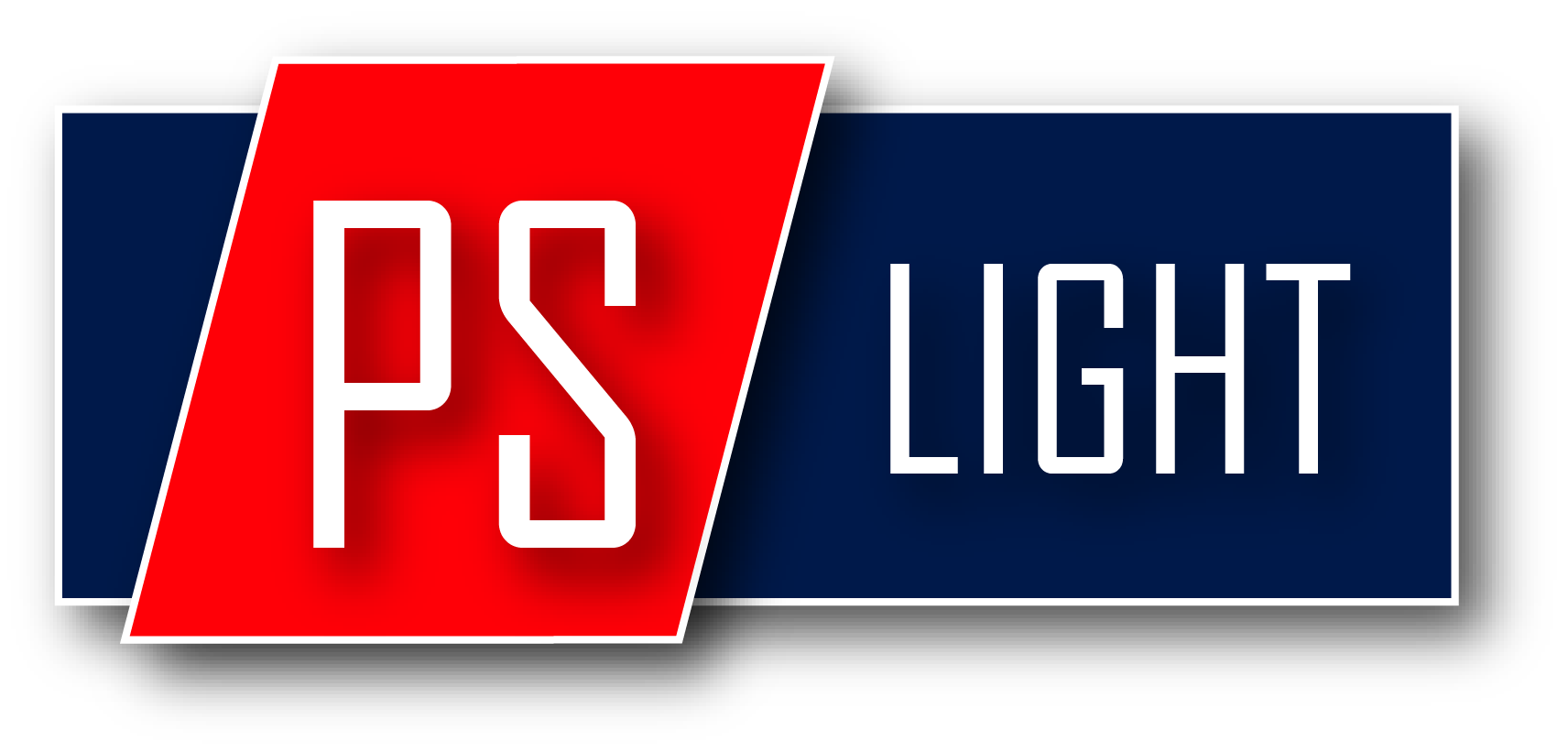On-Page vs Off-Page SEO: Key Differences Explained
There is no doubt that Ahrefs is that kid on the block who is an all-rounder when it comes to SEO analyses. This includes making sure that your URLs are discoverable by Google (and other search engine bots) so that they can be indexed. Without identifying crawl errors, your content won’t be discovered and will not rank. To implement schema markup, you can use Google’s Structured Data Markup Helper or JSON-LD, a lightweight linked data format that is easy for humans to read and write. In addition, adding these links specifically helps improve the flow of PageRank on your site.
You have to give users a reason to keep coming back to your site. Google is actively looking for this as a signal of quality and trustworthy content. I can‘t emphasise enough how important it is to demonstrate real, first-hand experience in your content.
SEO Content Assistant
- A well-structured URL makes it easier for search engines to understand the content of your page.
- Google prefers responsive mobile websites when determining its rankings to accommodate most web traffic now driven by mobile devices.
- For any case with linking, the anchor text should be specific to the page you’re linking to and contain the keyword it’s targeting.
Many of these elements will not significantly affect your search engine optimization on their own, they will when taken as a collective unit. While it is important to make sure the technical SEO and off-page elements are also optimized, you should not ignore the on-page factors. There are plenty of studies that show how page load and longer loading times leads to more people abandoning the page before it ever loads. When you have links to related content to provide more context or information on a topic, people are likely to click on them to learn more.
Google Search Console
You can use a tool such as Ahrefs or SEMrush to conduct some keyword research before you continue optimizing your on-page content. For best results, make sure your keywords sound natural rather than cramming them in – keyword stuffing can actually damage your rankings. Sometimes you’ll launch updated versions or new collections – at which point it might make sense to discontinue older lines. Plus there’s a good chance you’ll occasionally experience stock shortages for your most popular products, especially around key shopping events like Black Friday and Cyber Monday. Additionally, you may need to maintain a clear site architecture. Before adding new pages, take time to plan where each page fits within your website’s categories, subcategories, and overall structure.
Build An Authority Site That Ranks Effortlessly
But searchers aren’t going to know that without reading it, so you should try to showcase it as obviously as you can on the page. There’s also a section with additional resources that explain more about on-page optimization to help you create a better SEO strategy that empowers your business to grow online. As a website owner, you’re able to control each on-page SEO factor from this on-page SEO checklist. Search engines like Google will not refer traffic to websites that are not secure and do not handle users’ data properly (ironic, I know).
Visual elements are a key component to keeping leads engaged on your page. They need relief from all the information and visual elements provide that relief. You can see your options and decide which keywords will work best for your business. If you want your pages to rank in the right results, you must choose the right keywords for your campaign. Google favors shorter URLs because they are easier to crawl and understand. It’s SEO Anomaly best to create simple URLs that are clean and easy to read.
